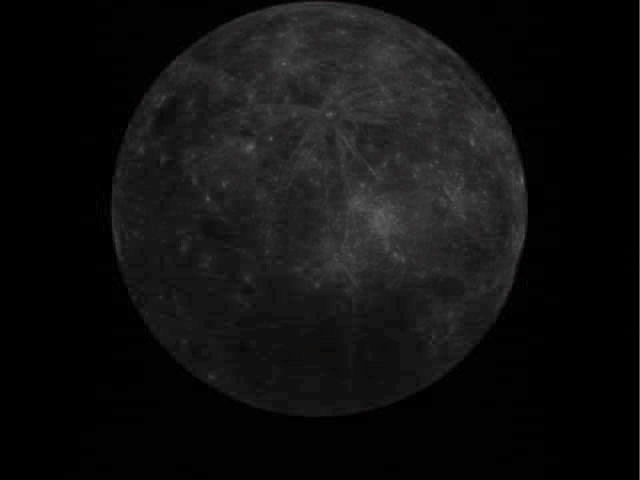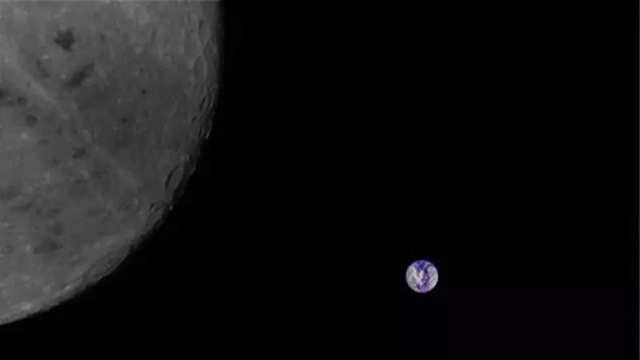Written by: Chinese news
Translated by: Shen Xiao

Moving graph of “Moon covering the earth”
Taken on November 7, 2018; and it was composed of 9 photos taken at intervals of 10 minutes by Longjiang 2 miniature CMOS camera.

Moving graph of “Moon surface”
Taken on October 15, 2018, and it was composed of 9 photos taken at intervals of 10 minutes by Longjiang 2 miniature CMOS camera.

Image of “the back of the moon”
According to Dutch media NOS, an international project involving Dutch, Chinese college students showed the results, with photos taken by Chinese students of the back of the moon sending back to Earth.
Although scientists have had pictures of the back of the moon since 1959, NOS said it was the work of professionals. Now, amateurs have done the same, and they are college students from China.
A radio generator made by the students is linked to a small artificial satellite that flies along the moon and takes a number of rare images of the stars, including the Earth, the sky and the back of the moon.
It is said that radio lovers around the world, can participate in the project. Tammo Jan Dijkema and Cees Bassa, volunteers at the Radio Telescope Center in Dwingeloo, the Drendt province, Dutch, were also involved in the project. Excited to receive signals from the interstellar world, they couldn't help standing up and clapping.
The photos were taken in May this year by a microsatellite called Longjiang 2, which was launched with China's Queqiao satellite.
At 5:00 on May 21, 2018, "Longjiang 2" was successfully launched by the Changzheng 4 C carrier rocket. At 22:00 on May 25, it successfully entered orbit around the moon, becoming the first microsatellite in the world to independently complete the earth-moon transfer, the near-moon braking, and the annulus moon flight. As a result, HIT became the first university in the world to send tiny probes into lunar orbit.


